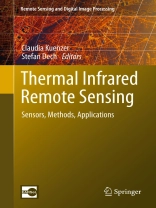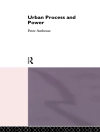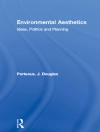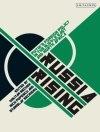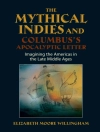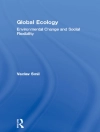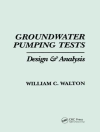This book provides a comprehensive overview of the state of the art in the field of thermal infrared remote sensing. Temperature is one of the most important physical environmental variables monitored by earth observing remote sensing systems. Temperature ranges define the boundaries of habitats on our planet. Thermal hazards endanger our resources and well-being. In this book renowned international experts have contributed chapters on currently available thermal sensors as well as innovative plans for future missions. Further chapters discuss the underlying physics and image processing techniques for analyzing thermal data. Ground-breaking chapters on applications present a wide variety of case studies leading to a deepened understanding of land and sea surface temperature dynamics, urban heat island effects, forest fires, volcanic eruption precursors, underground coal fires, geothermal systems, soil moisture variability, and temperature-based mineral discrimination. ‘Thermal Infrared Remote Sensing: Sensors, Methods, Applications’ is unique because of the large field it spans, the potentials it reveals, and the detail it provides.
This book is an indispensable volume for scientists, lecturers, and decision makers interested in thermal infrared technology, methods, and applications.
Tabela de Conteúdo
1. Theoretical Background of Thermal Infrared Remote Sensing.- 2. Geometric Calibration of Thermographic Cameras.- 3. Thermal Infrared Spectroscopy in the Laboratory and Field in Support of Land Surface Remote Sensing.- 4. Challenges and Opportunities for UAV-Borne Thermal Imaging.- 5. NASA’s Hyperspectral Thermal Emission Spectrometer (Hy TES).- 6. NASA’s Hyperspectral Infrared Imager (Hysp IRI).- 7. Spaceborne Thermal Infrared Observation – An Overview of Most Frequently Used Sensors for Applied Research.- 8. Thermal Remote Sensing with Small Satellites: BIRD, TET and the next Generation BIROS.- 9. Landsat and Thermal Infrared Imaging.- 10. Review of High Resolution Thermal I.- Infrared Applications and Requirements:The Fuegosat Synthesis Study.- 11. Cross-Comparison of Daily Land Surface Temperature Products from NOAA-AVHRR and MODIS.- 12. Comparison of the Thermal Sensors of SEVIRI and MODIS for LST Mapping.- 13. A Water Vapor Scaling (WVS) Method for Improving Atmospheric Correction of Thermal Infrared (TIR) Data.- 14. Time Series Corrections and Analyses in Thermal Remote Sensing.- 15. Thermal Remote Sensing of Sea Surface Temperature.- 16. Soil Moisture from Thermal Infrared Satellite Data: Synergies with Microwave Data.- 17. Application of the Apparent Thermal Inertia Concept for Soil Moisture Estimation in Agricultural Areas.- 18. Thermal Remote Sensing of Active Vegetation Fires and Biomass Burning Events.-19. Analysis of Lava Flow Effusion Rate Using High Spatial Resolution Infrared Data.- 20. Thermal Analysis of Volcanoes Based on 10 Years of ASTER Data on Mt. Etna .- 21. Thermal Infrared Remote Sensing of Surface and Underground Coal Fires.- 22. Thermal Infrared Remote Sensing of Geothermal Systems.- 23. Analysis of Surface Thermal Patterns in Relation to Urban Structure Types: A Case Study for the City of Munich.- 24. Mineral Mapping with Airborne Hyperspectral Thermal Infrared Remote Sensing at Cuprite, Nevada, USA.- 25. Validation of Thermal Infrared (TIR) Emissivity Spectra Using Pseudo-Invariant Sand Dune Sites.- Index
